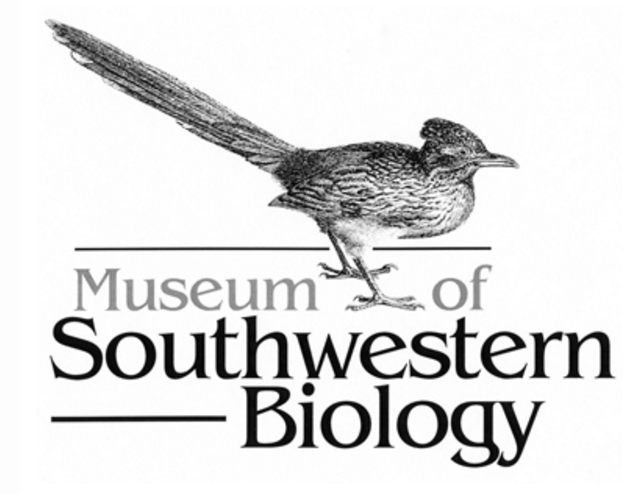Document Type
Article
Publication Date
1-3-2002
Abstract
The coccidia are protists (phylum Apicomplexa) that, likely, are both the most abundant (numbers of individual zoites) and most speciose of all the kinds of parasites found inion mammals. They also are among the least studied and understood, with the exception of those species that cause pathology in domesticated Artiodactyla. In this review, I focus only on the largest family ofthe phylum, Eimeriidae Minchin, 1903, because its members often are among the most prevalent apicomplexans of mammals, and because there has never been a taxonomic summation for those species that infect Chirpotera. In all published descriptions of bat coccidia, members of only one genus, Eimeria, have been discovered and named from oocysts found in fecal material; here, all published descriptions of Eimeria species that infect bats are reviewed and evaluated. Some of the named species are invalid, either because rules concerning the naming of new species (International Code of Zoological Nomenclature) were not followed and/or the original description was so incomplete as to be of little use; such names have been relegated to species inquirendae. Recently, oocysts of an lsospora-Iike species were found in the kidney and Urine of Eptesicus fuscus (Vespertilionidae ), but until a detailed description and a photosyntype or line drawing are available, this organism also must be considered a species inquirendae. The Chiroptera has 17 families, 177 genera and 925 species. There are no coccidia known from 11 families: Pteropodidae, Rhinopomatidae, Craseonycteridae, Nycteridae, Megadermatidae, Noctilionidae, Mormoopidae, Natalidae, Furipteridae, Myzopodidae, Mystacinidae, and for seven (64%) of these, no individuals in the family have been examined for coccidia. In the Emballonuridae, three genera-Peropteryx, Rhynchonecteris and Taphozous-have been examined and each has a unique Eimeria species; in the Rhinolophidae, only Rhinolophus has been examined with two Eimeria species known; in the Phyllostomidae, 15 genera have been examined, but only one Eimeria species has been found in a Uroderma species; in the Vespertilionidae, 13 genera have been examined and 20 Eimeria have been found in seven genera: Antrozous (1), Myotis (8); Nyctalus (2), Nycticeius (1), Pipistrellus (5), Tomopea (1) and Vespertilio (2); and in the Molossidae, five genera have been examined and five Eimeria species have been discovered in four of them: Chaerephon (2), Eumops (1), Molossus (1) and Nyctinomops (1). In all, 31 Eimeria species are now known from chiropteran hosts and eight species inquirendae are noted. In general, phyllostomids, exclusively New World bats, most of which are frugivorous, do not have coccidia, whereas other groups of bats that have been examined do. This may suggest that we are dealing with a phylogenetic explanation for this host-parasite association rather than an environmental, dietary or behavioral one. Mammalogists are encouraged to be more receptive to working with parasitologists to use comparative parasite data that might provide insights into bat evolution, habitat use and sociality. The eimeriid coccl.dia are ideal parasites for such cooperative efforts because they can be collected easily by noninvasive fecal (and urine?) collections.
ISSN/ISBN
1879824078
Language (ISO)
English
Recommended Citation
Duszynski, Donald W.. "Coccidia (Apicomplexa: Eimeriidae) of the Mammalian Order Chiroptera." (2002). https://digitalrepository.unm.edu/msb_special_publications/9


Comments
Special Publication Museum of Southwestern Biology 5